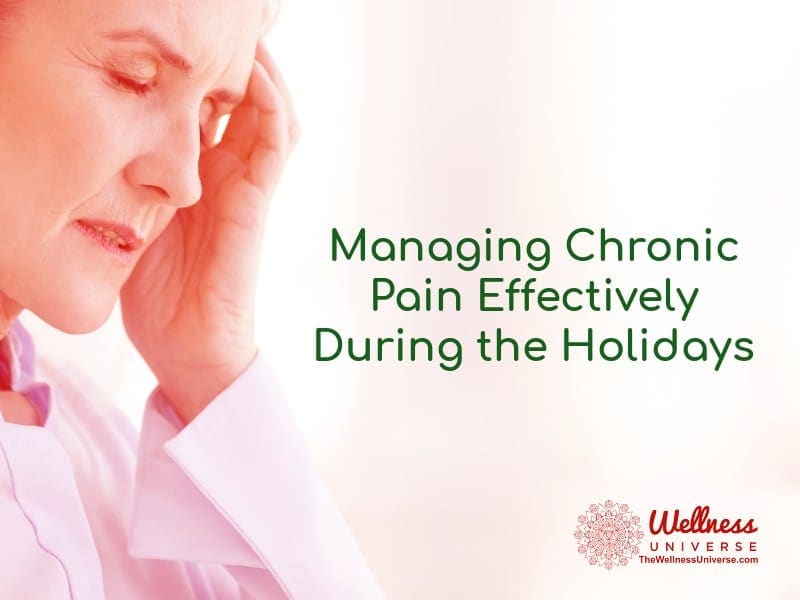March is National Brain Injury Awareness Month and serves as a poignant reminder of the complexities of the link between alcohol consumption and its contribution to brain injuries. Beyond the immediate euphoria and sociability associated with alcohol, the cumulative impact on cognitive function, coupled with an elevated risk of accidents, underscores the need for a comprehensive exploration of this often overlooked connection. Let’s look at the physiological and behavioral aspects that make alcohol a significant contributor to both immediate and long-term harm to the brain.
The Immediate Effects of Alcohol on Cognitive Function
When we raise a glass in celebration or friendship, understand the immediate impact of alcohol on our cognitive function. Alcohol acts as a central nervous system depressant, exerting its influence on neurotransmitters in the brain. The result is impaired judgment, slowed reaction times, and diminished coordination. These effects, familiar in social settings, not only elevate the risk of accidents in the moment but also contribute to the increased vulnerability of people to traumatic brain injuries (TBIs).
Chronic Alcohol Consumption and Structural Changes
Moving beyond the fleeting effects of intoxication, chronic alcohol consumption unveils a more insidious threat to brain health. Research has shown that prolonged exposure to alcohol induces structural changes in the brain, particularly in areas crucial for memory, learning, and emotional regulation. The hippocampus, a vital region for memory and spatial navigation, is susceptible to shrinkage when exposed to excessive alcohol intake. This gradual deterioration in cognitive function lays the foundation for understanding how chronic alcohol use can contribute to lasting cognitive deficits and an increased risk of brain injuries.
The complex interplay between alcohol and brain structure involves mechanisms that involve neuroplasticity, neurotransmitter imbalances, and oxidative stress. The hippocampus, a region crucial for memory formation, is particularly susceptible to the neurotoxic effects of alcohol. Chronic alcohol consumption leads to a reduction in the volume of the hippocampus, impairing its ability to function optimally. This structural alteration is associated with memory deficits and an increased vulnerability to brain injuries.
Central Nervous System Impact and Long-Term Consequences
Alcohol’s impact on the central nervous system extends beyond immediate impairment. As a depressant, alcohol disrupts communication between nerve cells, affecting neurotransmission. This interference extends beyond the temporary effects of intoxication, leading to a gradual decline in overall cognitive function. The long-term consequences of such neural disruptions amplify the vulnerability to brain injuries, emphasizing the importance of understanding the physiological processes involved.
Beyond the immediate cognitive impairment caused by alcohol, the long-term consequences involve alterations in neural circuits and synaptic plasticity. Chronic alcohol exposure can lead to the dysregulation of neurotransmitters such as gamma-aminobutyric acid (GABA) and glutamate, disrupting the delicate balance required for optimal brain function. This dysregulation contributes to cognitive deficits and increases the risk of brain injuries.
Alcohol-Related Accidents and Traumatic Brain Injuries
Accidents stemming from alcohol intoxication can significantly contribute to traumatic brain injuries. Impaired balance and coordination make individuals more susceptible to falls, motor vehicle accidents, and other incidents. The seemingly innocuous incidents resulting from alcohol-induced impairment can lead to head trauma, ranging from concussions to severe traumatic brain injuries. Recognizing the direct link between alcohol-related accidents and brain injuries is essential in shaping preventative measures and public health interventions.
Alcohol-related accidents are a sobering reality, often leading to devastating consequences for individuals and their families. Motor vehicle accidents, falls, and other traumatic incidents resulting from impaired judgment and coordination during alcohol intoxication are major contributors to traumatic brain injuries. These injuries can range from mild concussions to severe, life-altering conditions, underlining the urgency of addressing the connection between alcohol use and brain injuries.
Vulnerability of Developing Brains
The impact of alcohol on brain development is particularly pronounced in adolescents and young adults. The developing brain is more susceptible to the deleterious effects of alcohol, potentially leading to long-term cognitive deficits. The intersection of excessive alcohol consumption and this crucial developmental phase underscores the need for targeted awareness campaigns and educational initiatives to protect the cognitive well-being of the younger population.
Adolescence and young adulthood represent critical periods of brain development, characterized by significant neural changes and maturation. Excessive alcohol consumption during this phase can disrupt normal brain development, leading to lasting cognitive impairments. The vulnerability of developing brains to alcohol-induced damage underscores the importance of educating young individuals about the risks associated with alcohol use and promoting responsible drinking habits.
Alcohol Abuse and Neurological Disorders
Beyond traumatic brain injuries, alcohol abuse serves as a significant risk factor for specific neurological disorders. Wernicke-Korsakoff syndrome, resulting from thiamine deficiency, showcases the severe cognitive impairment associated with chronic alcohol abuse. Memory loss, confabulation (the recitation of imaginary experiences to fill in the gaps in memory, Dorland’s Medical Dictionary), and difficulty forming new memories are hallmarks of this syndrome, highlighting the wide-ranging and lasting consequences of alcohol on brain health.
Wernicke-Korsakoff syndrome represents a severe neurological consequence of chronic alcohol abuse, particularly when accompanied by poor nutrition. Thiamine, or vitamin B1, deficiency leads to damage in brain regions responsible for memory and cognitive function. The resulting cognitive impairment, coupled with confabulation and difficulties in forming new memories, illustrates the profound impact of alcohol on neurological health.
Behavioral Aspects and the Role of Responsible Drinking
The link between alcohol use and brain injury extends beyond physiological effects to behavioral aspects. Engaging in risky activities, such as driving under the influence or participating in violent behaviors while intoxicated, significantly elevates the chances of sustaining a traumatic brain injury. Recognizing and addressing these behavioral patterns is crucial in crafting interventions that promote responsible alcohol consumption, mitigating the risk of alcohol-related brain injuries.
Behavioral aspects play a critical role in understanding the connection between alcohol use and brain injuries. Engaging in risky behaviors while under the influence of alcohol significantly increases the likelihood of accidents and traumatic incidents, contributing to the overall risk of sustaining a brain injury. Addressing these behavioral patterns requires a comprehensive approach that includes public awareness campaigns, education, and interventions to promote responsible drinking.
National Brain Injury Awareness Month provides a critical platform to unravel the intricate connection between alcohol use and brain injuries. From the immediate effects of intoxication to the long-term consequences of chronic alcohol abuse, understanding this link is pivotal in fostering awareness, promoting responsible drinking habits, and advocating for support systems for those struggling with alcohol dependence. By comprehensively addressing the multifaceted aspects of how alcohol contributes to brain injuries, we can collectively work towards a safer and healthier future for all. Through education, prevention, and support, we can reshape societal attitudes towards alcohol, mitigating the devastating effects of alcohol-related brain injuries and fostering a culture of mindful and responsible consumption.
Connect with Elizabeth on The Wellness Universe.
All information, content, and material are for informational purposes only and are not intended to serve as a substitute for the consultation, diagnosis, and/or medical treatment of a qualified physician or healthcare provider. The information supplied through or on this page, or by any representative or agent of The Wellness Universe, is for informational purposes only and does not constitute medical, legal, or other professional advice. Health-related information provided through this website is not a substitute for medical advice and should not be used to diagnose or treat health problems or to prescribe any medical devices or other remedies. The Wellness Universe reserves the right to remove, edit, move, or close any content item for any reason, including, but not limited to, comments that are in violation of the laws and regulations formed pursuant to the Federal Food, Drug, and Cosmetic Act. None of the posts and articles on The Wellness Universe page may be reprinted without express written permission.
High Vibration Living – Leaders Bridging Inner & Outer Peace
Each session includes powerful, life-enhancing stories, personal interaction, transformative exercises, and time for reflection to integrate what you’ve learned.
Learn more here –

See how our self-care books are helping thousands of people around the world. Digital and paperback books are available now.
Connect to the people that help you live your best life: The Wellness Universe
Elizabeth is a Health Facilitator, Empowerment Coach, EFT/Tapping and Ancestral Clearing Practitioner, and Kundalini Yoga Teacher, helping people to step into the power of their own healing. She has turned her attention as a patient advocate and health facilitator in service to the alarmingly high population of people who suffer from stress, chronic pain, and the quest for a life free from suffering.





What Is FitSpresso? FitSpresso is a natural weight loss supplement that alters the biological cycle of the body to burn more calories and attain a slim and healthy body
I beloved as much as you will receive carried out proper here. The sketch is attractive, your authored material stylish. however, you command get got an shakiness over that you want be turning in the following. unwell unquestionably come more previously once more as precisely the same just about a lot frequently within case you protect this increase.